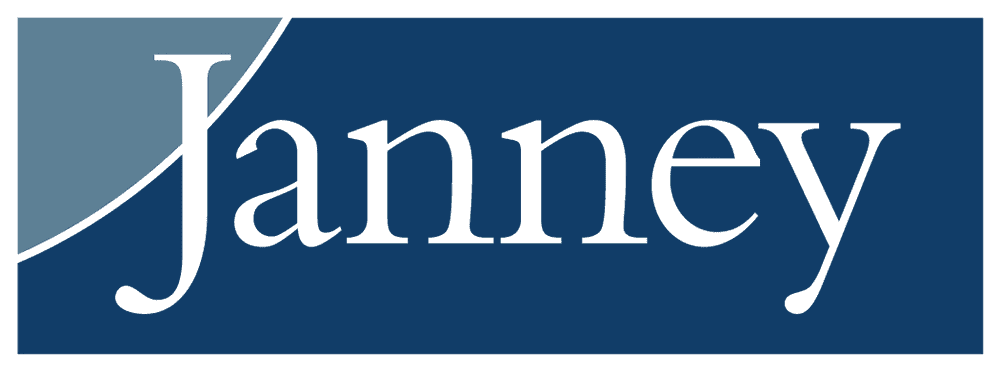
Liquidity Observations for Banks as 2022 Closes
Brought to you by Janney

Investors must recognize that banks should generate and expand their revenues through the credit cycle, which covers and includes whatever problems and losses that may occur.
The increase in spread revenue and expansion of net interest margin was a significant theme from earnings reported after June 30, and will be for the rest of 2022. Yes, some deposit outflow has started; it seems natural for liquidity to decline from record levels reached throughout the earliest wave of the coronavirus pandemic. Recall: deposits increased more than 40% at all banks regulated by the Federal Deposit Insurance Corp. between December 2019 to March 2022.
At Janney, we’re focused on measuring how banks can tap funding sources beyond traditional deposit gathering. One important measure of a bank’s ability to borrow are “pledged” securities, which are pledged as collateral to another entity, such as the Federal Reserve or Federal Home Loan Banks. These securities are well below pre-pandemic levels, and slightly above their totals in the first quarter of 2022. By region, banks in the Mid-Atlantic have the highest percentage of securities already pledged; as a group, banks over $50 billion in assets had the lowest percentage of pledged securities. We also performed a distribution analysis that showed most banks have between 0% and 50% of securities pledged.
Banks of all asset sizes rely on the Federal Home Loan Bank system for contingent liquidity via credit lines and borrowings called “advances,” which effectively serve as wholesale funding and are an alternative to brokered deposits. To borrow from the FHLB, banks must post collateral in the form of certain types of securities, such as Treasurys, agency-backed securities and certain private label and municipal securities, or loans, generally first-lien mortgages, home equity lines of credit, certain commercial real estate loans and some farm loans. The banks are then subjected to internal risk-ratings that determine an ultimate borrowing capacity amount. The risk-ratings and limits differ among the 11 individual FHLBs, but we know from FHLB guidance that most banks are subjected to a 25% maximum borrowing limit.
Our analysis used FDIC call report data to pull all the individual security and loan categories eligible as collateral. We then applied the FHLBs’ haircuts to the collateral values in these various categories to determine total potential collateral. Finally, we subtracted already pledged securities and existing FHLB borrowings, which banks disclose in their call reports, to the typical maximum 25% borrowing limit to determine the remaining availability.
The bottom line? Median net FHLB borrowing capacity has incrementally declined in the second quarter of 2022 by a miniscule 0.2%, and still stands at a strong 23% – only 2 percentage points below the 25% maximum and 2 percentage points above pre-pandemic levels of 20.9% in the fourth quarter of 2019. Regionally, banks in West tended to have the highest capacity, while their neighbors in the Southwest had the lowest; by asset size, banks below $1 billion in assets tended to have the most capacity and the largest banks had the lowest remaining capacity, primarily due to existing borrowings. Finally, another distribution analysis shows most banks currently have full capacity at 25%.
We combined the two concepts of pledged securities and estimated FHLB borrowing capacity to reinforce that numerous banks still enjoy high borrowing capacity, with low levels of pledged securities. We are confident that financial institutions nationwide have superb “dry powder” to fund near-term growth opportunities for new loans and franchise expansion.
We also observed that brokered funding is quite low. The average use of brokered CDs to total deposits has dropped over the past decade, to currently about 4% to 5% of total deposits. This is another available tool for banks today to fund balance sheet growth, as interest rates and underlying spread revenues are much improved. Investors should keep in mind that brokered deposits are less expensive than FHLB funding currently. In fact, about 67% of banks reported no brokered funds at the end of June. If deposits decline as banks deploy excess liquidity, brokered deposits could be a key incremental tool to generating higher revenues that allow financial institutions to “earn through the credit cycle” – a critical concept all investors should be able to grasp. Fortunately for banks, plenty of liquidity capacity exists. The critical question is, “How will banks access and deploy their available liquidity?”


